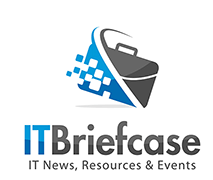Actionable Content: A Framework for Better Decision-Making
August 27, 2012 No CommentsBy Jacqueline Mitus, MD, Senior Vice President, Product Strategy; Steve Silverstein, MD, FACEP, Vice President, Chief Clinical Architect; and Matthew Zubiller, Vice President, Decision Management; McKesson Health Solutions
All clinical content is “actionable” to some degree, meaning it can be absorbed, understood and acted upon. However, significant barriers exist that limit the degree to which content can be used to change behavior and drive positive clinical and financial outcomes.
The first challenge is quality. Continuously addressed by professional, governmental and similar organizations, the synthesis of valid and relevant information from the volume of articles, guidelines, papers and other available sources far exceeds an individual’s ability. To determine whether clinical content is of the highest possible quality, the following questions must be asked:
- Is the content fact-based, rational and founded on evidence-based standards of care?
- Is the content comprehensive — does it represent the most knowledgeable and appropriate distillation of the vast quantity of material available?
- Is the content current, given the rapid pace of change?
The second challenge is rendering context-specific content to drive efficient decision making. For example, unique clinical circumstances can be considered to render the content more valuable and relevant:
- To the patient/member (e.g., age, sex, health profile)
- To the health plan (e.g., coverage, benefit)
- To the provider (e.g., specialty, patient mix, value-based contracts)
The third challenge is accessibility. Given healthcare’s myriad workflows, how is content delivered when and where it is needed to best support decision making:
- For example, at the point of care in the workflow of ordering a test or documenting an encounter and care plan, without requiring access to a separate system?
- How is the same information shared among staff with varying roles, reducing duplicative or replacing labor-intensive functions while increasing information transparency and collaboration?
- How is that information made available to both the providers of and the payers for that patient’s care?


 Inside the Briefcase
Inside the Briefcase











